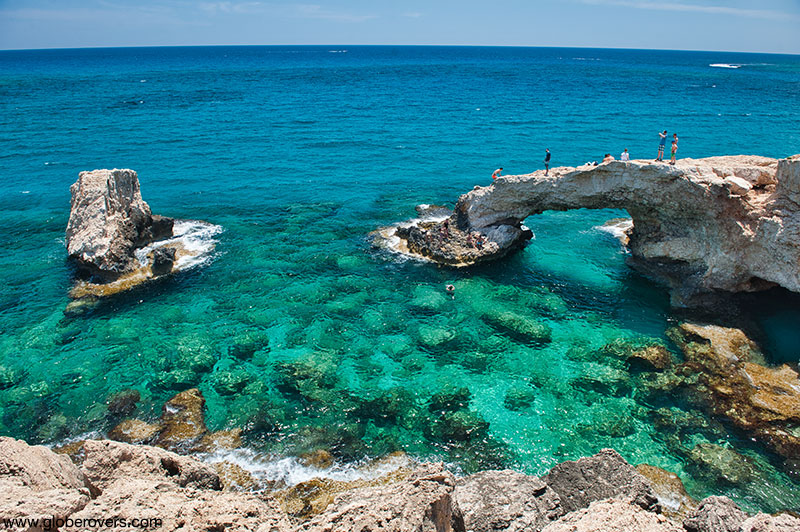
Britain annexed Cyprus in 1914. As the Turks considered Cyprus an “extension of the Turkish Anatolia Peninsula”, a 1950’s policy of the Turkish Cypriot leaders and the Turkish government was to partition Cyprus and create a Turkish state in the north of the island.
Cyprus was granted independence in 1960, followed by 11 years of intercommunal violence between the Greek Cypriots and the Turkish Cypriots.
Beyond the touristy hotspots of Cyprus are many tranquil places to explore.
The Turkish military invaded the island on 20 July 1974, and by August they had annexed over 40% of the island. After a ceasefire, the Green Line was established between the Turkish north and the Greek Cypriots in the south. In 1983 the Turkish Republic of Northern Cyprus (TRNC) declared independence, with only Turkey recognising this illegitimate new government.

Today the predominantly Greek population of the Republic of Cyprus live uncomfortably, and with regret, south of their Turkish neighbours.
Nicosia, the capital of the Republic of Cyprus, is also divided, as the Green Line goes smack through the city. For many years, most crossings between the north and south were closed. In 2003 a few crossings opened, and since 2008 the “Ledra Street crossing” allowed pedestrian traffic. This is a popular place for travellers to cross from the modern and developed South, to the rather depressing and backward North. Bring along your passport as you need it to enter the North. Both the south side and north sides have many interesting attractions. In South Nicosia stay at the lovely Hilton Cyprus!

Continue your journey around the Republic of Cyprus with a 150 km drive through the impressive mountains down to Paphos in the southwest of the island.
The Republic of Cyprus with its predominantly Greek inhabitants has sat uncomfortably alongside Turkish controlled North Cyprus since 1973.
Paphos is known for its many ancient ruins from the Roman period and its beaches. The Axiothea Hotel is highly recommended for its great city views.
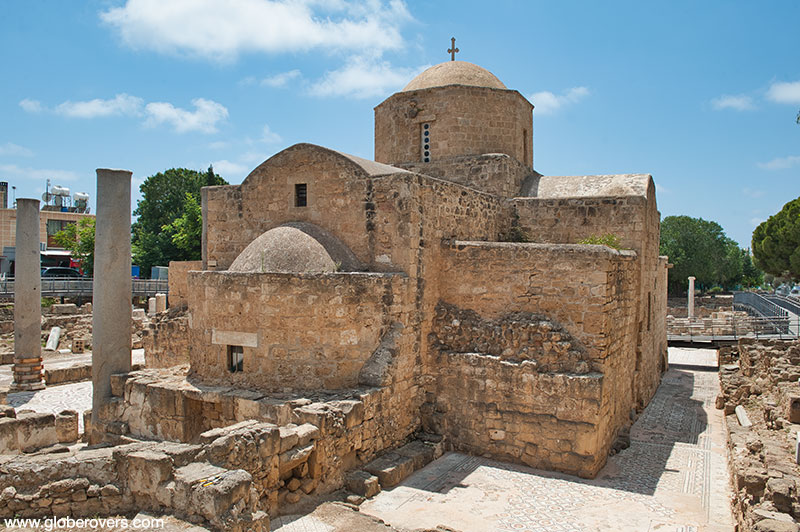
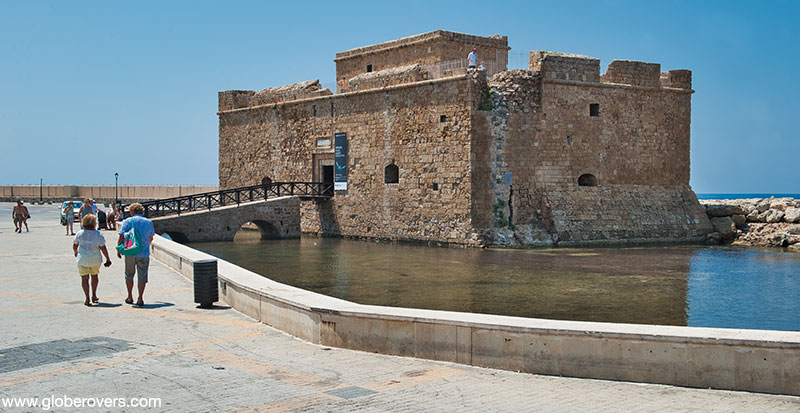
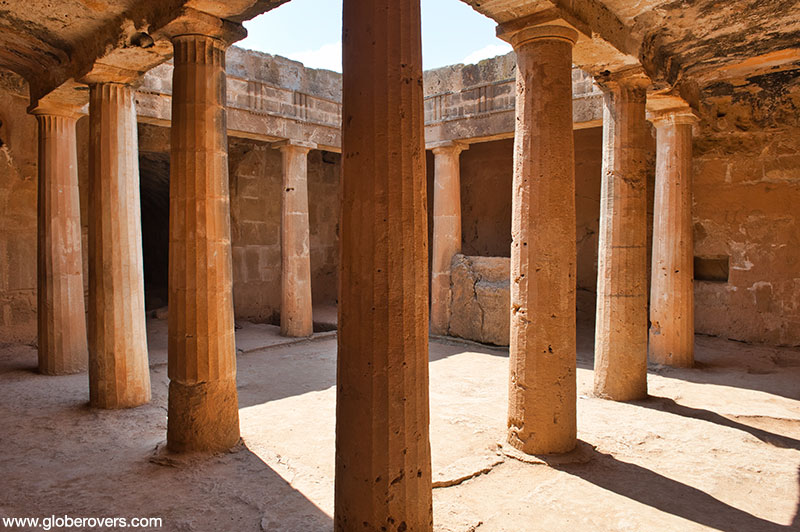
To the north of Paphos are several beautiful beaches leading to the Akamas Peninsula in the far northwest.
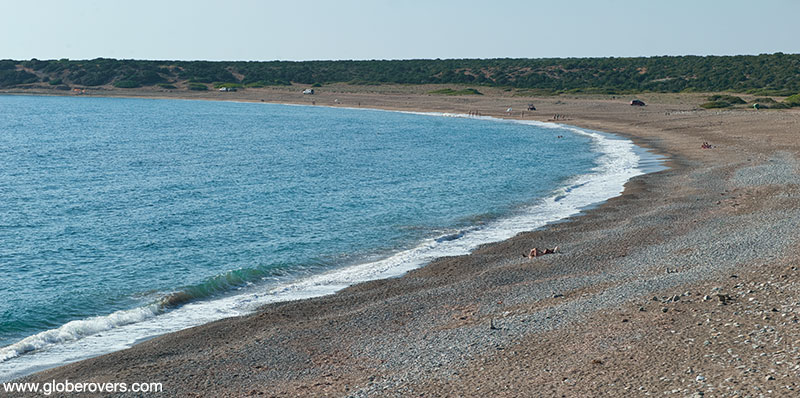
The southern coastline is stunning and includes attractions such as Aphrodite’s Rock, ruins of the ancient city of Kourion, and the city of Limassol with the 10.65 sq km Limassol Salt Lake lying at 2.7 metres below sea level. Thousands of greater flamingos spend the winter months on the lake.

Further east is the pleasant city of Larnaca with its own salt lake and flamingos. The Livadhiotis City Hotel in Larnaca is a great base from where to explore this part of Cyprus.
Cape Greco in the far southeast of the island is arguably the most spectacular destination, which can be very touristy in the summer. To the west and north of Cape Greco National Forest Park are several beaches. However, the beauty prize goes to the clean turquoise seawaters!
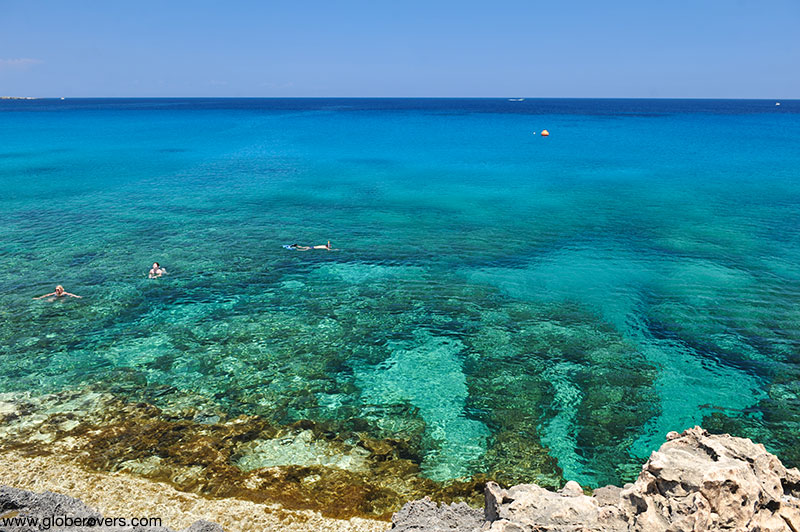
☛ Read more:
Europe’s 10 Lilliputian Countries
Cyprus – A Divided Adventure Island

Get to know your Cyprus
- Cyprus is the 8th smallest country (by area) in Europe.
- Land area: 5,896 km².
- Population: 854,800.
- Tourist arrivals: 3,652,073 (2017).
- Capital: Nicosia (Lefkosia).
- Neighbouring countries: UN unrecognised de facto state of Northern Cyprus.
- Cyprus is the mythical birthplace of Aphrodite, the Greek goddess of love.
- Cyprus is one of the oldest wine-producing countries in the world.
- Cyprus’ beaches have been continuously named the cleanest in Europe for the past decade.
- The world’s oldest perfume was discovered in Cyprus.



Blog post and photos by Peter who has been travelling almost full-time since 2005 and has been to over 122 countries. He visited several countries, such as Japan, more than 20 times. Peter is Editor-in-Chief and Publisher of GlobeRovers Magazine, an independent travel magazine focused on intrepid destinations.
